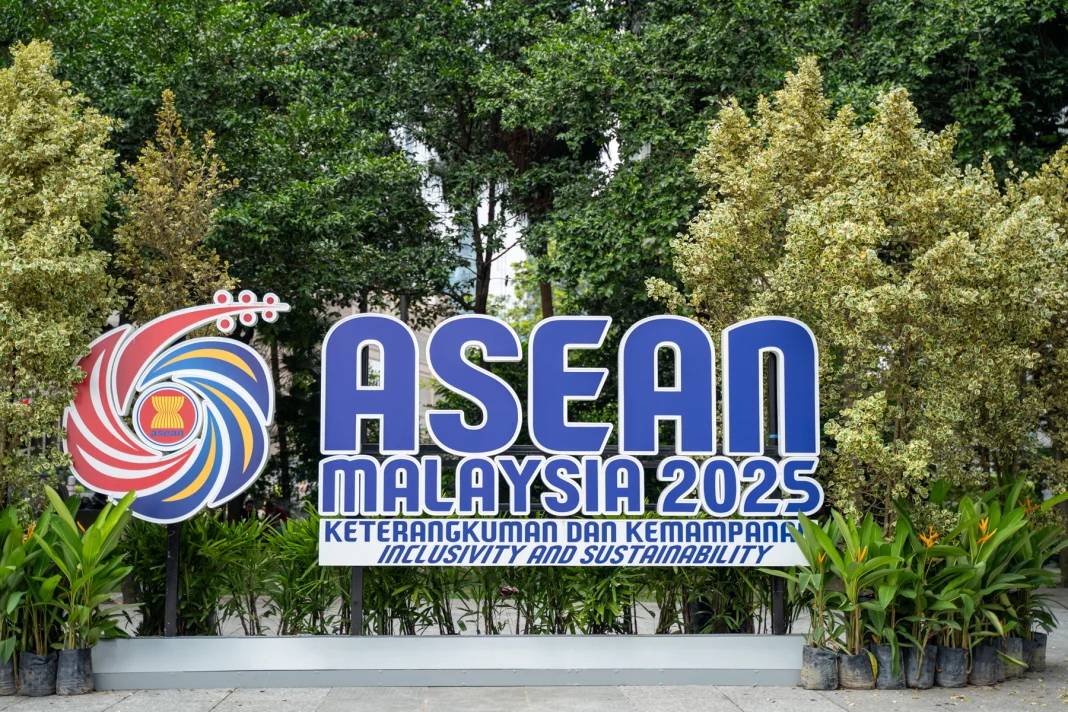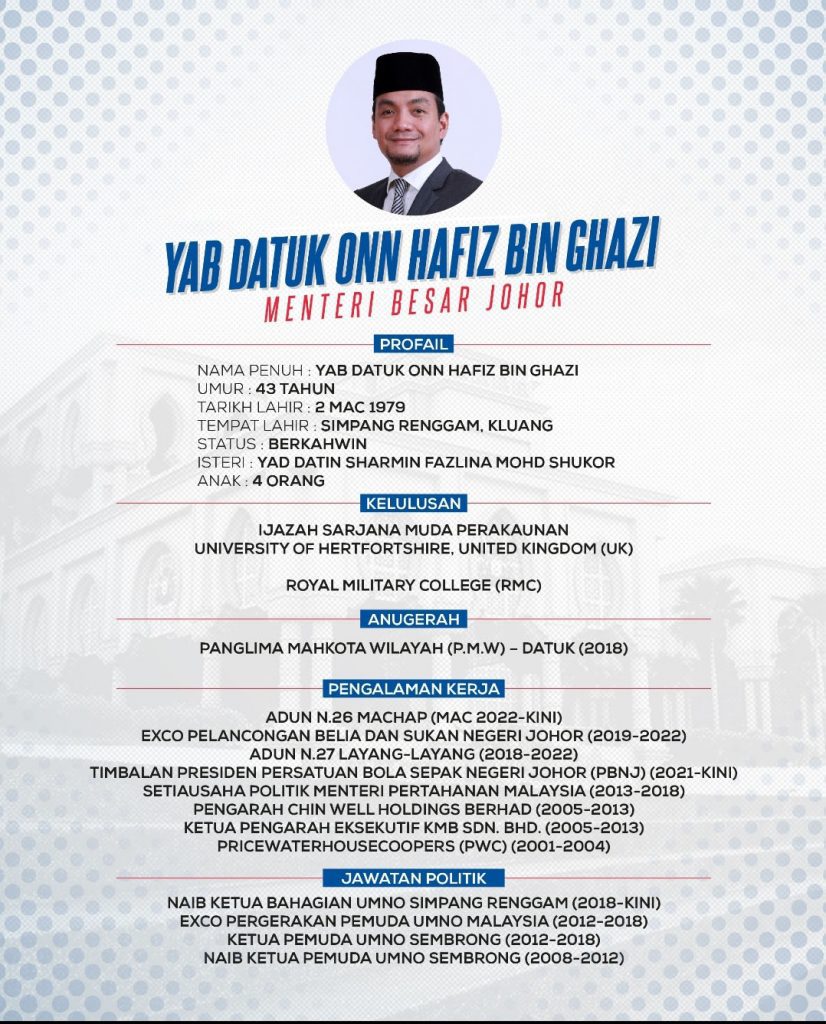Datuk Prof Dr Mohd Faiz Abdullah appeared in The Edge Malaysia on 26 May 2025
When leaders from Asean, the Gulf Cooperation Council (GCC) and China gather in Kuala Lumpur later this month, they will do so at a pivotal juncture — when new alliances are being forged and the demand for not just robust but inclusive and sustainable growth becomes more compelling than ever. In geoeconomics, size does matter and for this summit, the kicker lies in the breadth of its regional design, showcasing the convergence of three distinct spheres in a single forum.
It is as unprecedented as it is unique — aligning three of the most economically and demographically dynamic entities in the world into a cohesive platform that could challenge any Western-led initiative in both ambition and substance.
The numbers stack up nicely, collectively representing more than 2.1 billion people or nearly 26% of the global population and accounting for around a quarter of global gross domestic product (GDP). Momentously, this signals a deeper shift in thinking: that the future of global growth will no longer reside largely in the hands of the West but be progressively set by greater collaboration among the economies of the Global South.
Shared Solutions
As the global economy adapts to a new era of inflationary pressures, geopolitical recalibration and broken supply chains, the tried-and-tested growth markets are eroding as a reliable playbook. For Asean and GCC, both looking to build greater resilience, and China, navigating strategic constraints on multiple fronts, the Asean-GCC-China Summit is a game changer. It heralds a new area of cooperation in the pursuit of energy transition, food and digital security, and technological advancement.
Although Asean has declared openly its push to achieve net zero emissions targets, the pathway forward demands massive capital, technology and infrastructure, warranting an estimated US$2 trillion (RM8.6 trillion) in investments between 2021 and 2030.
This is where the conjunction of wants and resources is paramount: GCC sovereign wealth funds (Saudi Public Investment Fund, the United Arab Emirates’ Mubadala Investment Company) are actively seeking winnable ventures that align with long-term mandates.
China, meanwhile, is indispensable as the world’s largest producer of solar panels and a leader in smart-grid technologies. The art of the deal centres on lining up these assets into a trilateral springboard to catapult Gulf capital, Chinese technologies and Asean’s growth markets into expanding regional energy corridors. This could fast-track grid connectivity, storage solutions and renewable installations across Southeast Asia, while catalysing job-creating industries, nurturing green skills and, consequentially, empowering Asean with greater strategic agency over its energy future.
The semiconductor industry has become a new arena of strategic competition. Albeit not a fabrication powerhouse, Asean is nevertheless no pushover, being home to chip testing, packaging and component assembly, rendering the region a critical node in the global semiconductor supply chain. But to move up the value chain, it requires sustained investment in high-value infrastructure and talent. Here again, China’s technological ecosystem and the GCC’s capital surplus present a potent mix.
Food security future
Where do we go beyond conventional foreign direct investment? It is there for the asking — joint ventures in semiconductor design, cleanroom manufacturing hubs and artificial intelligence (AI) accelerators in Asean’s emerging tech corridors. AI adoption, already getting along in pockets, such as natural-language processing, predictive logistics and public health, could be elevated through shared research and development centres, talent exchanges and harmonised ethical governance frameworks. These efforts would bolster Asean’s digital sovereignty while linking it more impactfully to China’s innovation engine and GCC’s economic diversification goals.
In food security, we see another area of common interests ripe for synergising. GCC hangs on for dear life to food imports, while Asean remains the land of agricultural fecundity. China, for its part, brings scale, logistics capability and technological know-how.
Moving beyond reactive measures, such as export bans or stop-gap purchases, the three blocs could create regional food reserves, integrated cold-chain infrastructure and shared standards for food traceability. A trilateral agrifood investment facility, backed by Gulf and Chinese capital, could be channelled into Asean’s mid-sized producers to scale operations, improve yields and future-proof food systems against climate disruptions. With the right alignment, this approach can establish Southeast Asia as both the breadbasket and innovation lab for food resilience in the Global South.
Southeast Asia’s digital economy is undergoing a profound transformation, driven by a vibrant fintech scene, booming e-commerce and robust smartphone penetration. Meanwhile, GCC is laying down regulatory frameworks for digital banks, while China’s fintech giants have already reshaped global digital payments. Yet these systems often remain siloed and tied to national standards or beholden to external clearing mechanisms. A trilateral effort to develop interoperable digital wallets, regional payment rails and mutually recognised digital identities could boost dramatically intra-regional trade, travel and small and medium enterprise (SME) financing.
From host to strategic convener
Ultimately, this summit is about reshaping the geometry of partnership to reflect today’s multipolar reality. Asean brings the demand, youth and geography. GCC brings the capital and ambition for diversification. China brings scale, technology and manufacturing prowess. But more than complementary assets, what binds them is a shared need to hedge against external volatility and construct new circuits of trust.
At the heart of this emerging geometry is Malaysia, whose role as host and convener is especially significant. Long seen as a bridge between East and West, and between the Islamic world and Asia’s major powers, Malaysia is well placed to shape the summit’s tone and ambition. Prime Minister Datuk Seri Anwar Ibrahim’s leadership, rooted in values of justice, regional solidarity and multilateralism, offers the right temperament for this endeavour.
Anwar has been vocal about the need for a more humane and values-based global economy, via the Madani approach. This summit offers a stage to translate that vision into concrete action. A permanent Asean-GCC-China coordination mechanism or a joint development and investment fund could lay the groundwork for institutionalised cooperation, de-risking regional supply chains and amplifying developmental synergies.
This summit should not be viewed as a one-off event. It should be remembered as the launchpad for a new kind of partnership — pragmatic, principle-driven and anchored in shared growth. The world is watching. Not just to see what will be said in Kuala Lumpur but, more importantly, what will be set in motion.
This article first published in The Edge Malaysia, 26 May 2025





